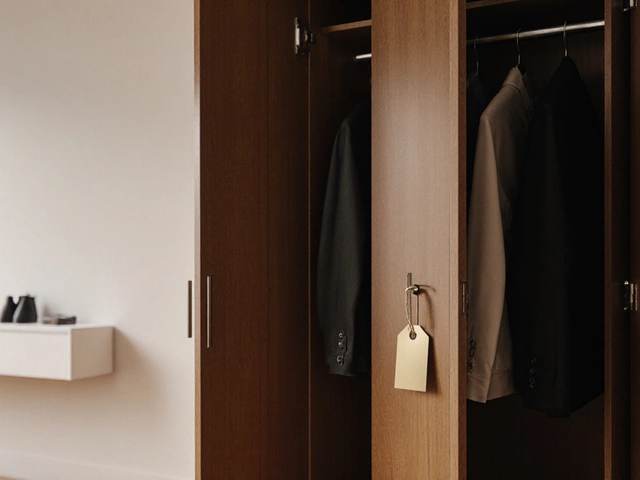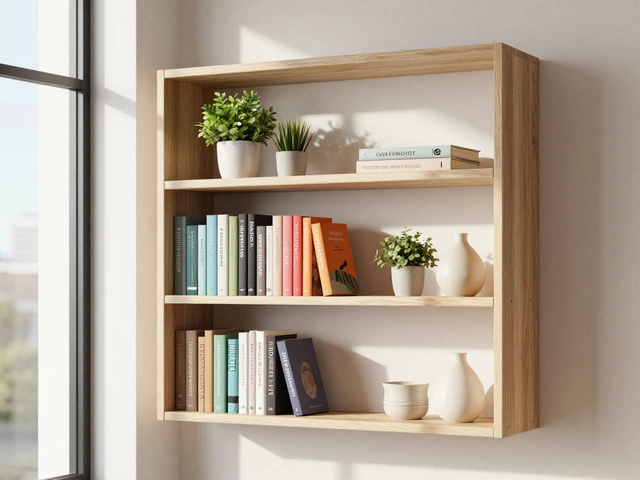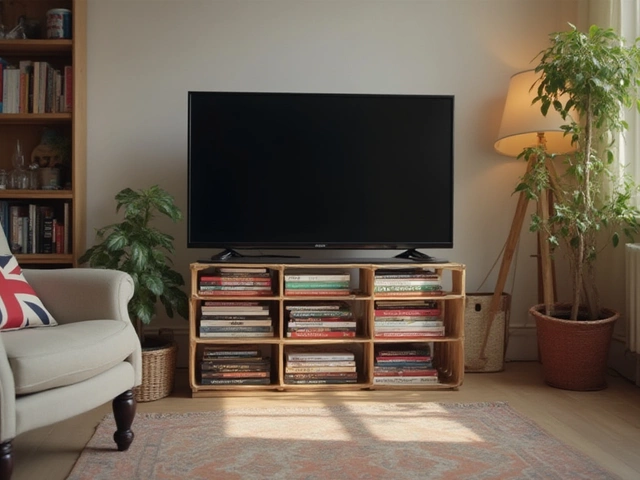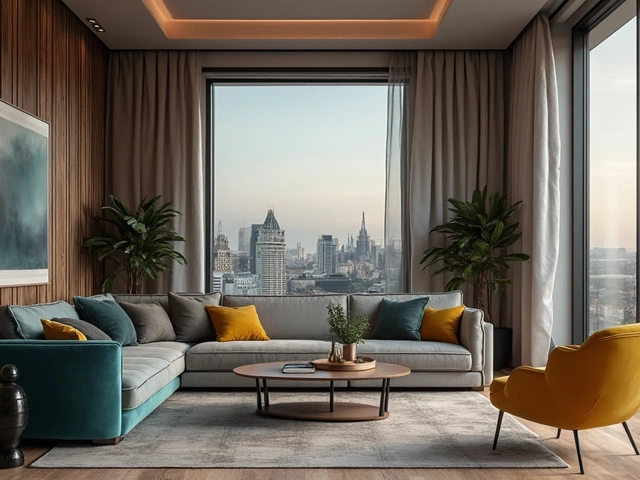Neurodiversity and Inclusive Classroom Furniture
If you’ve ever wondered why some kids seem to fidget a lot or need a quiet corner, the answer often lies in how the room feels. A neurodiverse brain reacts to lighting, sound, and even the shape of a desk. The right furniture can turn a chaotic space into a place where every student can focus and feel comfortable.
Why Furniture Matters for Neurodiverse Students
Neurodiverse learners include kids with ADHD, autism, dyslexia, and sensory processing differences. These students aren’t looking for "special" treatment; they need an environment that matches how they process information. A sturdy, height‑adjustable desk lets a child sit upright or lean forward without wobbling, which reduces the urge to move around constantly. Soft‑edge chairs with breathable fabric prevent irritation that can distract a student who’s sensitive to textures.
Another big factor is personal space. Open‑plan rooms with too many chairs packed together create visual clutter and can overwhelm a child who needs clear boundaries. Adding small, movable study pods or cushioned floor cushions gives an option to step away without leaving the class.
Practical Furniture Choices for Every Classroom
Start with desks that have a simple, uncluttered surface. A clean top means fewer distractions and easier cleaning, which matters for kids who are sensitive to smells. Look for desks with built‑in cable channels – tangled cords are a safety hazard and a visual stressor.
Seating should be flexible. Mix high‑back ergonomic chairs, low stools, and floor‑level cushions. Let students choose where they sit for a lesson; that autonomy can boost confidence and focus. If you can, use chairs with a slight tilt so the back supports the spine while still allowing a quick shift in posture.
Storage solutions matter too. Open shelves give quick visual access to books and supplies, reducing the time spent searching. Label bins with both words and icons so all learners can find what they need without frustration.
Lighting can be a silent disruptor. Natural light is best, but avoid glare on glossy surfaces. Adjustable LED lamps at each desk let a student dim the light if it feels too bright.
Acoustic panels on walls or ceiling clouds absorb echo, which helps students who are distracted by background noise. Pair these with a quiet zone – a small area with soft seating and a low‑stimulus rug – where a child can regroup during a busy lesson.
Finally, involve the students in choosing furniture. A quick poll or a short discussion can reveal preferences you might miss. When kids feel heard, they’re more likely to respect the space and use the furniture as intended.
Creating a neurodiverse‑friendly classroom isn’t about expensive overhauls. Small tweaks – a height‑adjustable desk, a mix of seating, clear storage, and thoughtful lighting – go a long way. By paying attention to how furniture impacts focus, comfort, and safety, you set the stage for every learner to succeed.





